Flashback: flip phones are dead, long live the flip phone

Flip phones like the Motorola RAZR ruled the world once upon a time. They were stylish, compact and the ability to hang up a call with a flick of your wrist was one of the most satisfying things ever. However, the demand for larger screens would eventually kill the flip phone (and sliders and other form factors), leaving only the ubiquitous slab.
Ironically, it is exactly the demand for larger screens that has brought flip phones back from the dead with devices like the Motorola RAZR 2019 and Samsung Galaxy Z Flip. Yes, we're talking about foldable phones.
But they are only the most recent step in a path that took decades. Flip phones appeared very early on and Moto had a hand in it. The Motorola MicroTAC and StarTAC were some of the early flip phones and the advantages of the design were evident - it guarded the keypad from accidental presses, moved the earpiece (or mouthpiece) to a more ergonomic position and even protected the screen from scratches.




Motorola StarTAC • Another StarTAC • Motorola MicroTAC • Motorola MicroTAC Ultra Lite
There were some disadvantages too, of course. The mechanical complexity is a big one - a bar phone is easier to manufacture. This includes avoiding finicky, easy to break or disconnect ribbon cables that joined the two halves. Also, this design made the phone thicker.
And worst of all, you couldn't see the screen. How can you tell who is calling? Or that you missed a call or received a message? The solution was to add a second screen, just big enough to convey that vital info (and show a clock, perhaps). But that added extra cost adn complexity.
There have been some creative uses of the flip, let's look at a few examples. Sagem turned it into a sort of kickstand that can hold the phone up. Why do that when you can't play a video or do a video call or something is not clear.
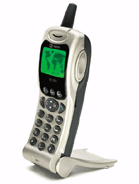
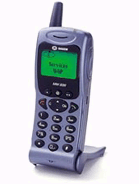
Sagem MC 959 • Sagem MC 939 WAP
One of our favorite uses of the flip was by Ericsson, which covered part of a touchscreen with it. The keypad would push down on the screen (a simple, thin mechanism) and it could be flipped out of the way (and even completely detached).
The Ericsson R380 is the first phone to be called a "smartphone" and the first phone to run Symbian. Later Sony Ericsson would adopt this design for its P-series Symbian UIQ devices.
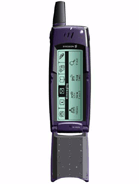
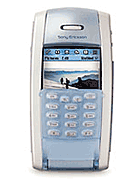

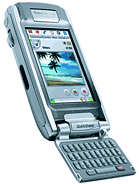
Ericsson R380 • Sony Ericsson P800 • Sony Ericsson P900 • Sony Ericsson P910
Motorola played around with similar designs. Moto even found a way to avoid the need for a second screen and it was dead simple - just put a small window on the flip so the user could see the main screen.

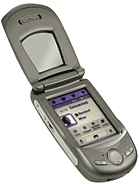
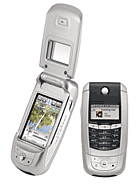
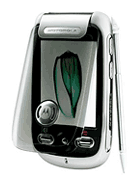
Motorola A6188 • Motorola A760 • Motorola A780 • Motorola A1200
Most flip phones have only one hinge, but what if there are two? Nokia used this to great effect to turn the N92 and N93 into camcorders - the body of the phone formed the grip while the screen angled to allow the side-mounted camera to point forward.
Having this much depth for the camera module allowed Nokia to jam a smooth 3x optical zoom into the N93. Nokia wasn't the first or the only one to make two-hinged phones, of course. For a while, this design was popular on phones with a TV tuner as it allowed you to angle the screen for a comfortable viewing experience.
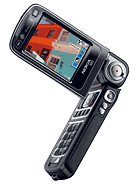

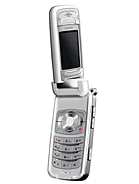

Nokia N93 • LG G7100 • Siemens SF65 • Sagem myMobileTV 2
There are other ways for a flip phone to entertain you - the Sony Ericsson Radio, for example, placed loudspeakers and playback controls on the outside. It even had an FM radio receiver (as you could have guessed from the name), though it required wired headphones to act as an antenna.
Motorola's trademark flip design included a thick chin at the bottom, that was often housed a beefy loudspeaker.
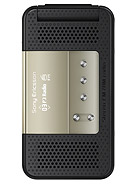

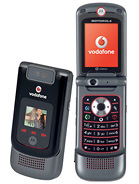
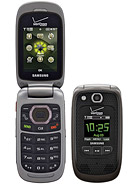
Sony Ericsson R306 Radio • Sony Ericsson W380 • Motorola V1100 • Samsung Convoy 2
Texting and email were important to business folk and kids on a limited call plan alike. So, (no offense to T9 and the like) having a QWERTY keyboard could really speed up typing. But where to put it? Behind a flip mechanism, of course. Nokia did this with a few models with a characteristic split design.
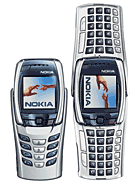
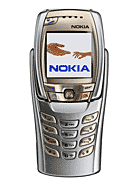
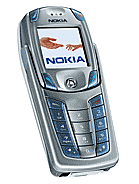
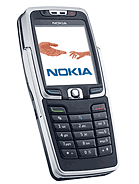
Nokia 6800 • Nokia 6810 • Nokia 6820 • Nokia E70
When touchscreen smartphones pushed feature phones out of the spotlight the demand for flip phones fizzled out. Makers tried to save the form factor in a few ways, usually involving a hardware QWERTY keyboard again (though Moto's DROID line preferred a sliding mechanism).
A few kooky designs were tried like the Motorola Backflip, which had a QWERTY on one side and a screen on the other - both exposed to the outside like some inverted laptop. No, we're not sure what they were smoking.
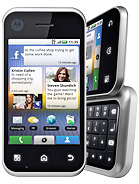
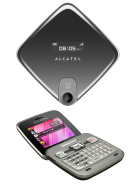
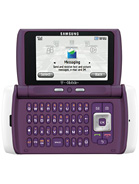

Motorola BACKFLIP • alcatel OT-808 • Samsung T559 Comeback • Samsung DoubleTime I857
Soon only a few oddballs were left. Phones like the Samsung Galaxy Golden and a couple of Phillips models, which had an old-school flip design but ran Android. LG tried its hand at it too with the Wine Smart, but gave up almost immediately after.
These were usually expensive, not widely available and really only seem to have caught on in China.
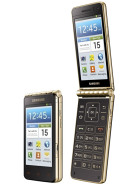
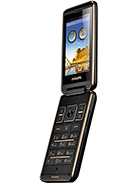
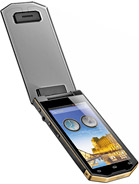
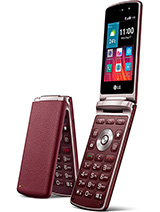
Samsung I9230 Galaxy Golden • Philips W9588 • Philips W8568 • LG Wine Smart
More recently, HMD tried to tap into the nostalgia factor and reimagined the Nokia 2720 Flip as a KaiOS-powered phone. There are a couple of Kai flips under the Alcatel and Energizer brands too.
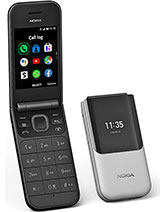
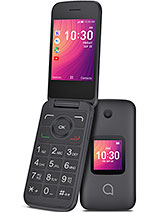
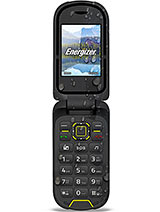
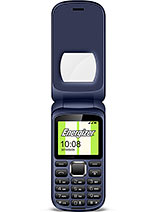
Nokia 2720 Flip • alcatel Go Flip 3 • Energizer Hardcase H242 • Energizer Energy E220
Like we mentioned before, flip phones are back and are in fact some of the highest end devices money can buy. A lot of money. Those foldables are set to become quite popular once the pricing comes down.
But we can't end this story without mentioning the flip tablet too - the Sony Tablet P came out in 2012 and tried to offer a clever way to extend the screen at a time when flexible OLED panels weren't a thing yet. Those wouldn't arrive until the following year with the LG G Flex. Who needs hinges when the whole phone is flexible?
Which are your favorite flip phones?
Related
Reader comments
- Suh1l
- 07 Feb 2022
- pL{
Using Motorola Razr 2019 model.. Everytime it rings people around say ""wow is that a flop phone... is it OK to touch it'""
- Sal
- 15 Jan 2022
- gA1
Am using zflip 3 for 3months n it amazing 💖💖💖
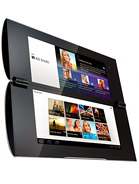
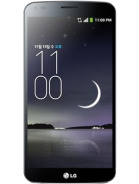








 Xiaomi
Xiaomi Huawei
Huawei Samsung
Samsung Apple
Apple Xiaomi
Xiaomi


